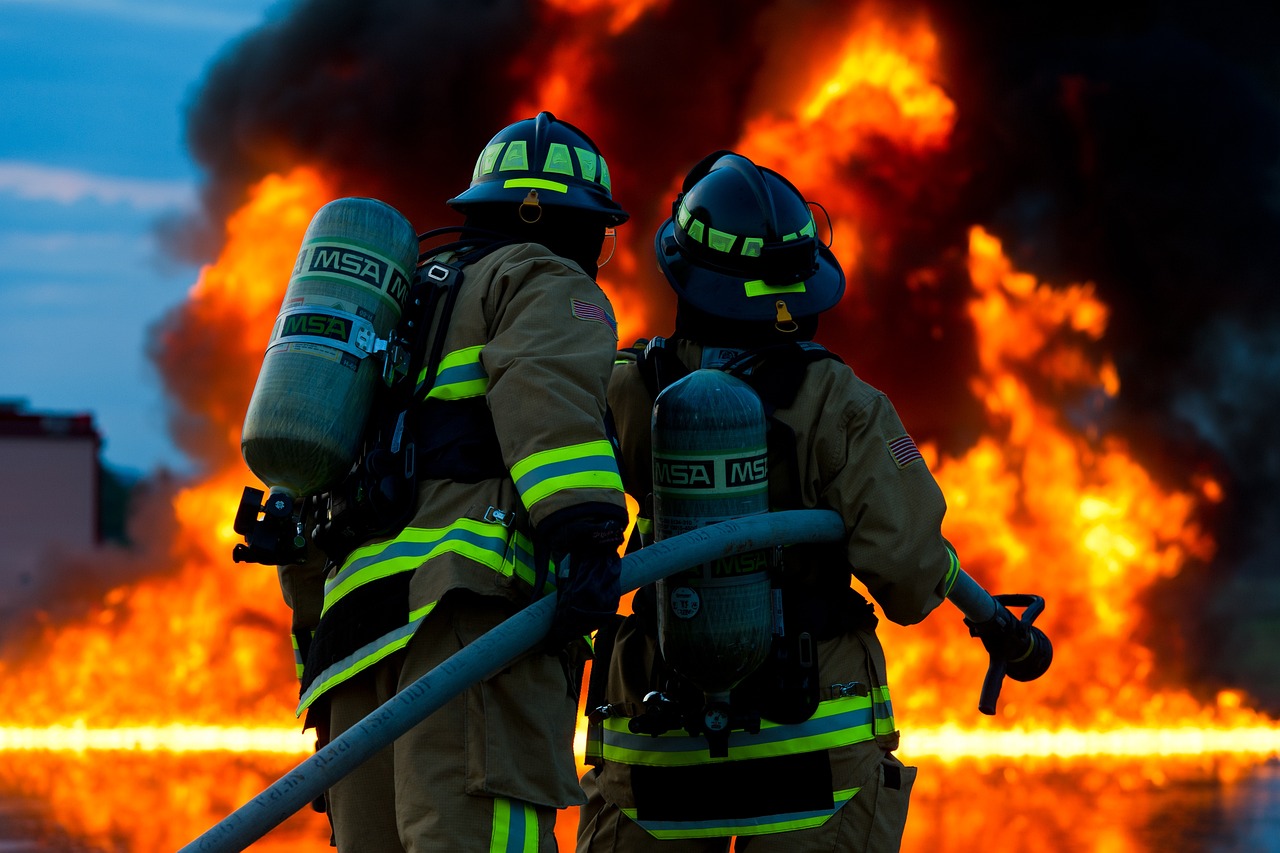Firefighters face dangers beyond the immediate risks of flames and smoke. Among these hidden hazards lies a firefighting tool that has turned into a health concern: AFFF.
NIH states that aqueous film-forming foam, or AFFF—particularly effective against fuel fires—has been a standard firefighting agent since the 1960s. Yet its efficiency comes at a steep cost to human health.
First responders routinely handle this foam during training exercises and emergency responses, often unaware of its toxic components. The chemicals in AFFF, primarily PFAS (per- and polyfluoroalkyl substances), can enter the body through skin contact or inhalation.
In this article, we will examine how AFFF affects the health of first responders and the occupational dangers they face.
Impact On First Responder Health
The recent reveals mounting evidence linking the foam to serious health conditions among firefighting professionals. Exposure to AFFF can increase the chances of deadly diseases like kidney cancer, testicular cancer, liver cancer, and thyroid cancer, states Drugwatch.
Beyond cancer, firefighters report thyroid disorders, hormone disruption, and immune system complications, reports Consumer Notice. These conditions often emerge years after initial exposure to the foam. Blood tests of veteran firefighters reveal PFAS levels significantly higher than the general population.
According to TruLaw, there are 7,150 pending cases against the manufacturers as of November 2024. These legal actions have brought attention to decades of exposure.
The truth emerged when research showed that PFAS chemicals remain in the human body for years. They accumulate over time, earning the nickname ‘forever chemicals.’
This difference highlights the occupational risk of regular AFFF contact. Training exercises particularly pose a risk, as firefighters historically conducted them without adequate protective gear. Many departments continued these practices for decades.
Eliminating The ‘Forever’ Component
Fire departments across the country are facing difficult decisions about foam use and storage. Many are switching to fluorine-free alternatives, though cost remains a barrier.
These innovative alternatives use naturally-derived surfactants and plant-based compounds to achieve fire suppression. Modern fluorine-free foams demonstrate impressive effectiveness against Class B fires, matching AFFF’s performance in many scenarios.
Leading manufacturers have developed solutions using biodegradable ingredients. These new formulations break down safely in the environment within weeks, unlike PFAS-containing AFFF, which persists for decades. While initially more expensive, the long-term benefits outweigh the costs.
Testing shows these alternatives effectively create stable foam blankets that prevent fuel re-ignition. One of the European airports has successfully opted for these safer options, as per International Fire Fighter.
This transition represents a crucial step toward protecting both firefighters and ecosystems. Medical monitoring programs have also emerged to track long-term health effects in exposed firefighters. These initiatives provide crucial data while supporting affected first responders.
Regulatory Changes and Industry Response
The firefighting industry faces a transformative period as regulatory bodies worldwide implement stricter controls on AFFF use. As per IAEG, many states have already banned PFAS-containing foams for training purposes.
Fire departments now navigate complex decisions about existing foam stockpiles and replacement options. The transition involves significant operational changes and financial considerations.
Equipment decontamination has emerged as a critical focus area. Departments must thoroughly clean apparatus and gear to prevent cross-contamination from legacy AFFF use.
Industry standards continue evolving to address safety concerns while maintaining effective firefighting capabilities. New protocols emphasize minimal foam usage and enhanced personal protective measures. Professional training programs now incorporate detailed sections on foam safety and exposure prevention.
These updates reflect a growing awareness of occupational health risks. Fire academies have revised their curricula to include comprehensive education about foam-related hazards. New firefighters enter service with a better understanding of protective measures.
Manufacturers invest heavily in developing safer firefighting agents, driven by market demands and regulatory pressure. This research focuses on maintaining effectiveness while eliminating harmful components.
Fire services worldwide share data and experiences to improve protective measures. The industry’s response includes establishing better exposure documentation systems. These records prove crucial for both medical monitoring and potential legal proceedings.
Emergency response protocols now balance strategic effectiveness with occupational safety considerations. This approach represents a significant shift in firefighting operations.
Frequently Asked Questions (FAQs)
What precautions should firefighters take when using AFFF?
When using AFFF, firefighters should wear protective equipment to minimize skin and respiratory exposure. They should also follow safety protocols for cleanup and disposal to prevent environmental contamination. Training with alternative methods whenever possible and using AFFF only when necessary are additional precautions to limit exposure.
Can AFFF be safely disposed of, and what are the methods?
Disposing of AFFF requires specialized methods due to its PFAS content. Disposal should be managed by certified hazardous waste professionals who can incinerate the foam at extremely high temperatures. However, even this method does not guarantee a complete PFAS breakdown. Current research is focused on advanced destruction technologies, such as plasma arc treatment and specialized filtration, to minimize environmental impact.
How does prolonged exposure to AFFF affect firefighters specifically?
Firefighters with prolonged exposure to AFFF have an increased risk of health issues, as PFAS chemicals can accumulate in their bodies over time. The chemicals may impact hormone regulation and immune function and even increase their risk of cancer. Ongoing studies are monitoring firefighters to better understand exposure levels and long-term health effects.
As awareness grows, more resources become available for affected firefighters. Support networks expand while legal options provide paths toward compensation. The firefighting community’s strength shows in its response to this challenge.
Together, departments work toward safer practices while supporting those already affected. This evolving situation reminds us that protecting our protectors requires constant vigilance. The lessons learned from AFFF exposure will influence firefighting safety for generations.









